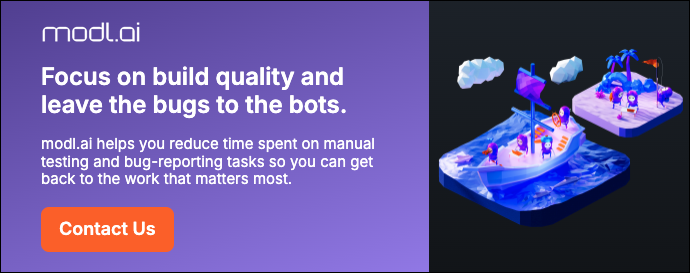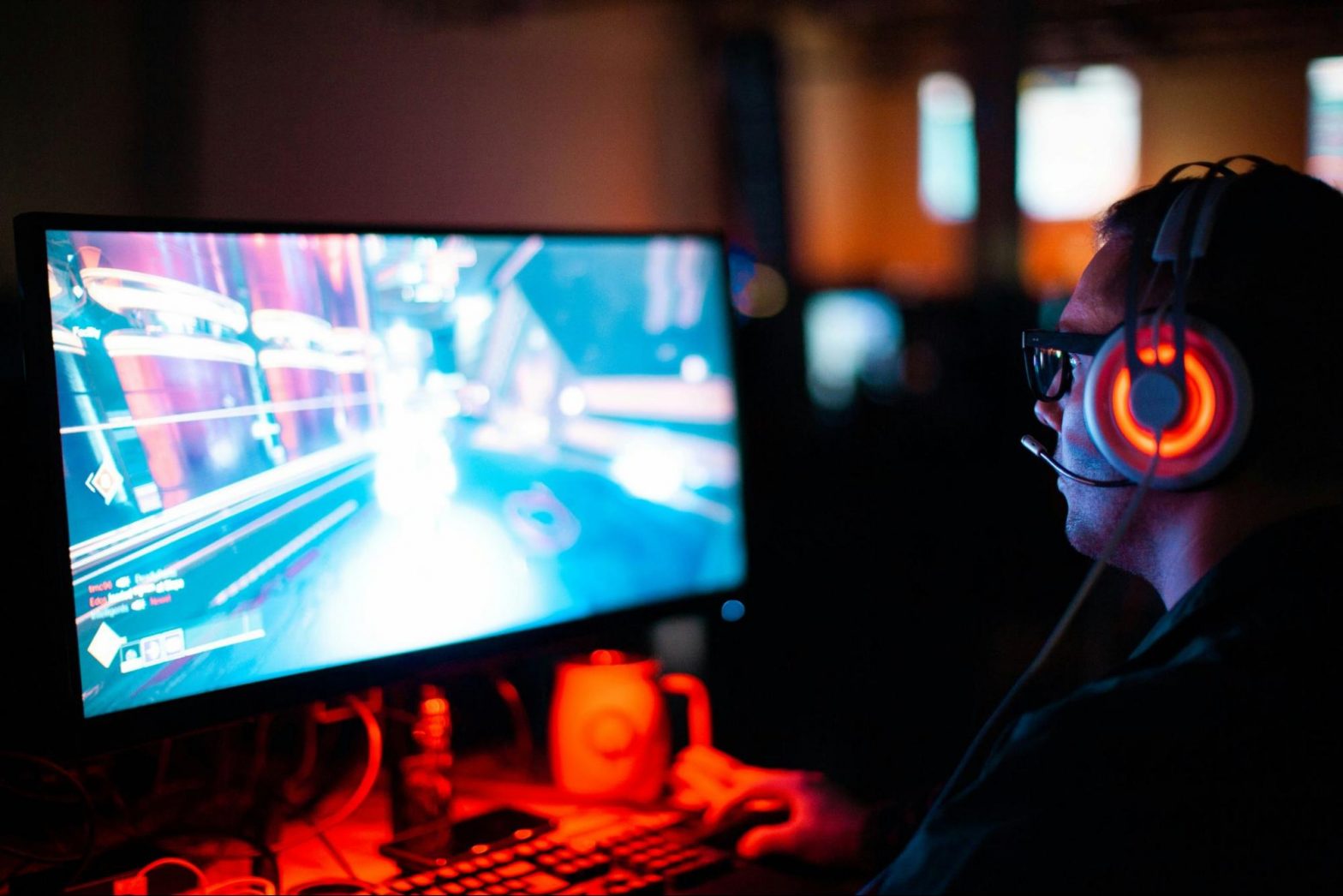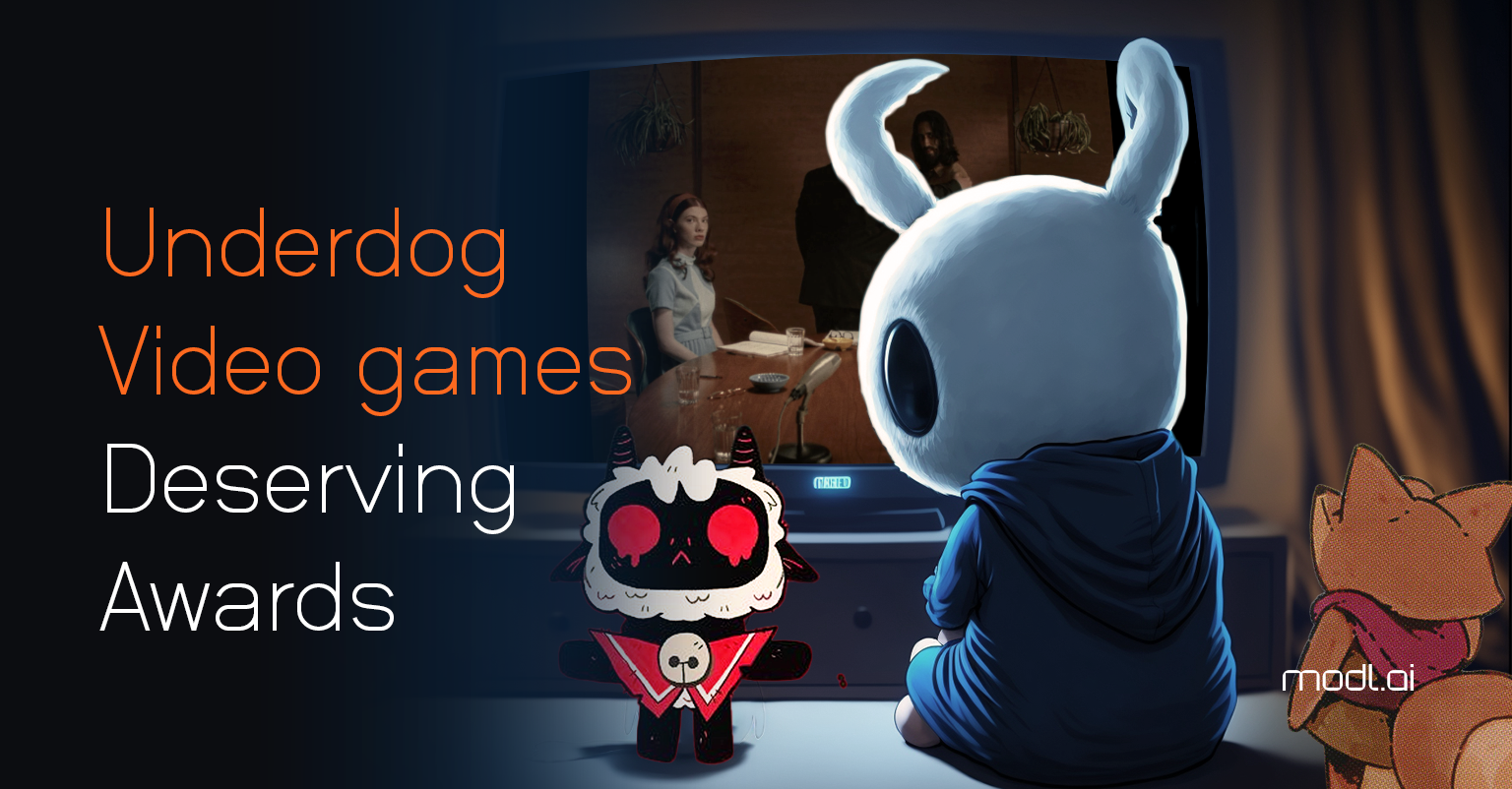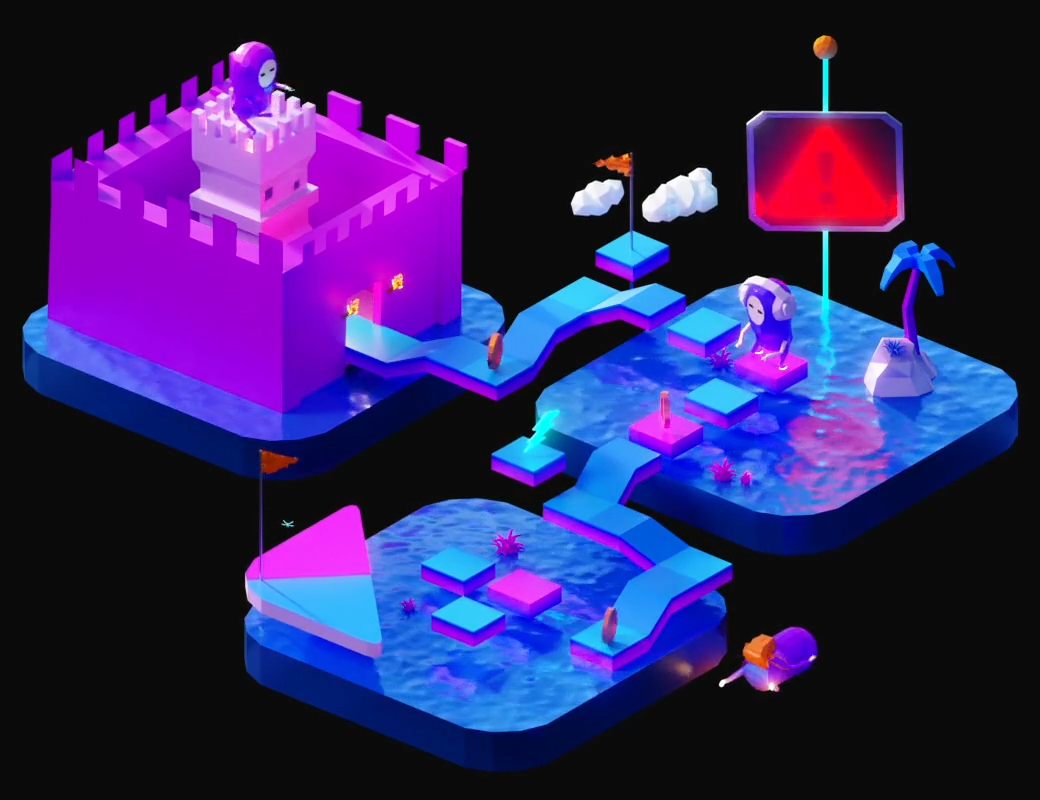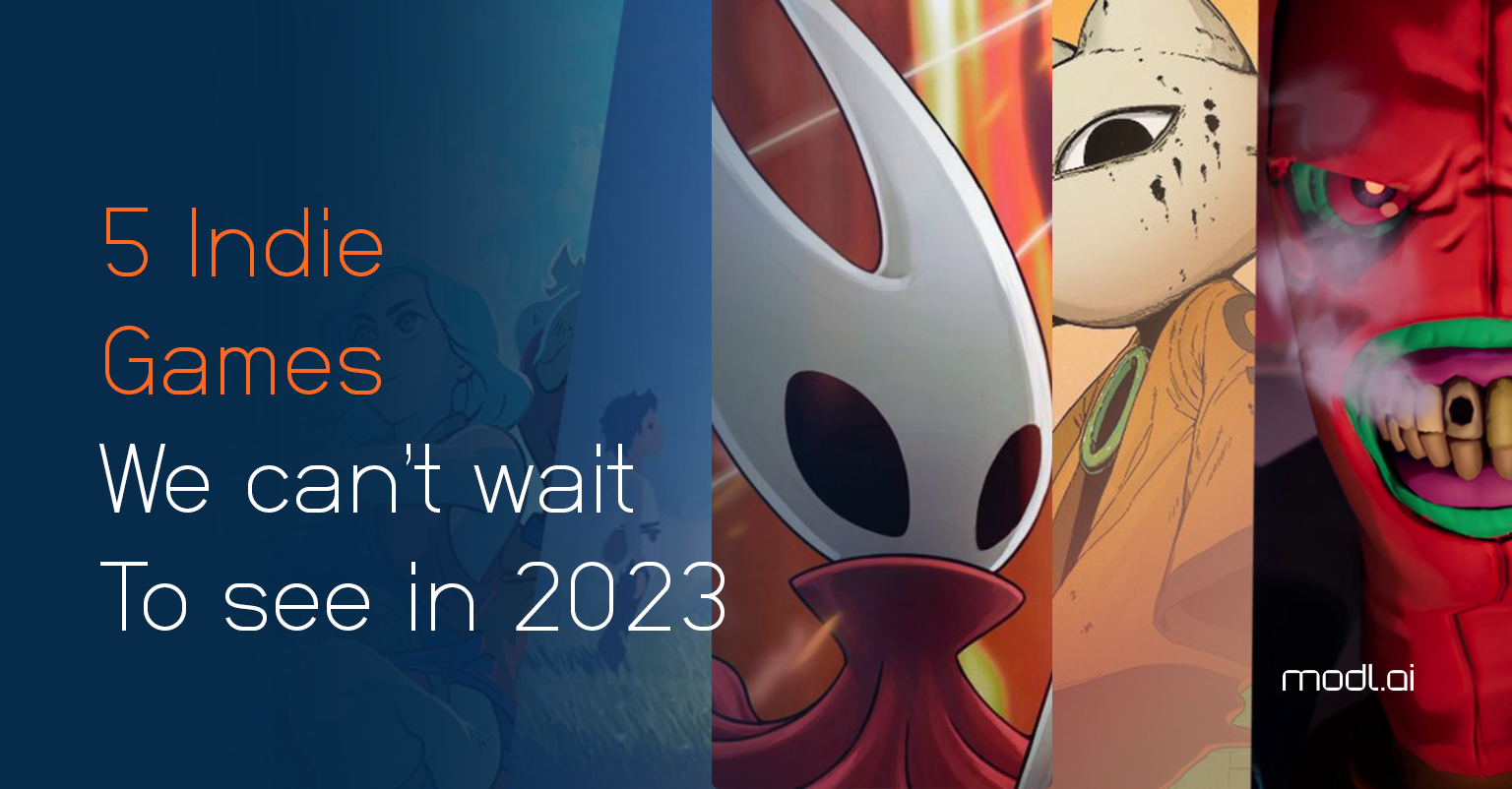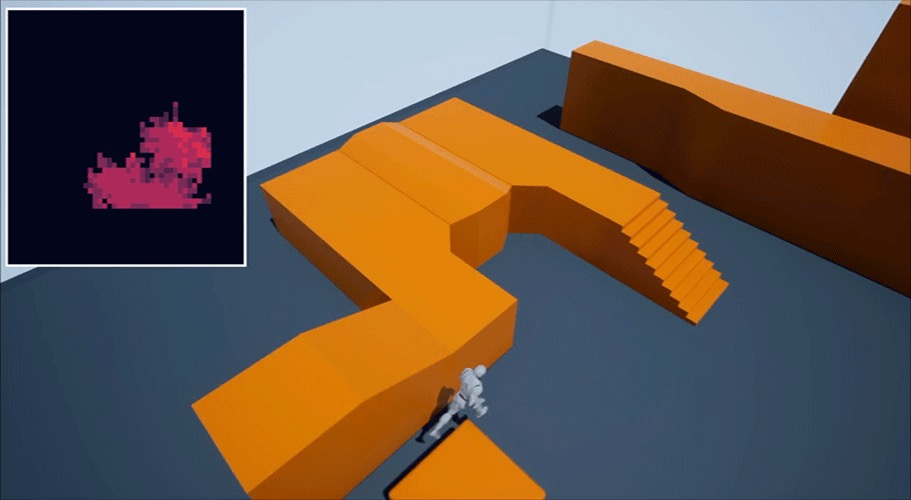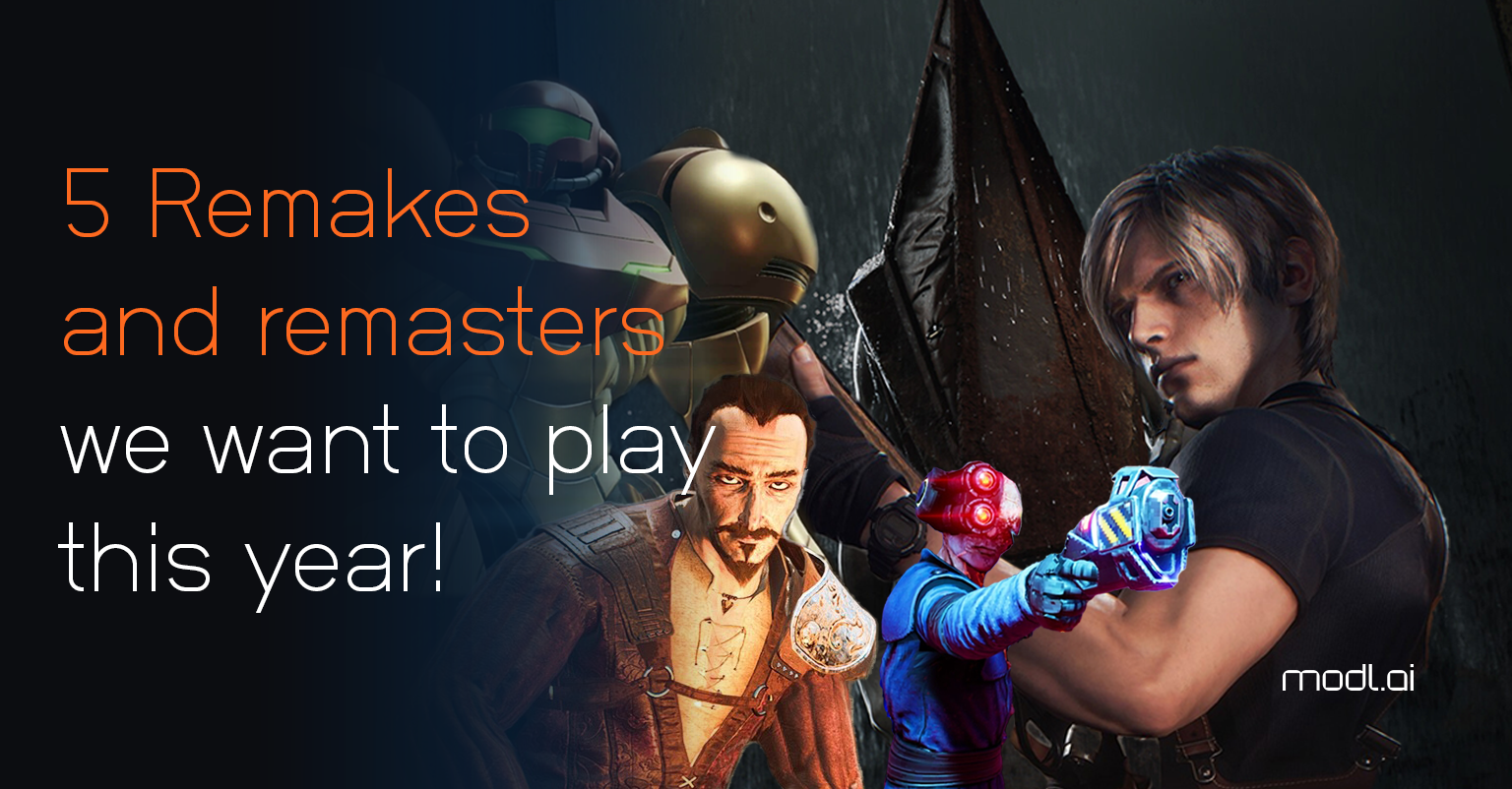Behavioral AI engines are empowering game developers to automate testing, enhance creativity, and deliver better player experiences
Professional game development is a high-stakes business.
With production budgets in the millions, sometimes even billions, and corporate market capitalizations in the tens of billions, there are few other industries where economies of scale can have such a profound impact. Any tooling or efficiencies that reduce overhead can lead to massive savings.
Enter the behavioral AI engine for games: A purpose-built tool for digital creatives redefining game development, testing, and iteration. AI engines empower professionals to automate repetitive tasks and arrive at actionable insights faster. They create essential efficiencies, allowing developers to parallelize pipelines and meet the ever-rising demands of the games-as-a-service model.
What is an AI engine for games?
An AI engine is a collection of artificial intelligence and machine learning tools that can handle many repetitive, time-consuming tasks related to player and NPC behavior that burden development teams. AI-powered bots act as virtual team members — testing, exploring, and even optimizing within game development environments.
While feature sets vary between AI engines, behavioral AI engines go beyond traditional automation to focus on the interactive dynamics between players and in-game entities. A behavioral AI engine for games is specifically designed to enhance every stage of game development, from testing to level design and player experience. Some of the most commonly automated tasks include:
- Playtesting
- Bug reporting
- Visual content verification
- Game balancing
- Performance testing
- + More
Because AI can continuously learn from in-game player behavior, it can adapt and improve over time. As a result, it’s easy to ensure every new feature or update is rigorously tested and optimized before reaching players. These rapid iteration cycles help studios keep pace with the massive demand for content inherent in the games-as-a-service model. By streamlining content development and minimizing the risk of introducing new bugs, behavioral AI engines ultimately help studios keep players engaged, retained, and monetized.
Automated game testing with AI
Traditional QA testing, while vital, can be expensive and time-consuming. Properly implemented, AI-powered testing bots offer a fundamentally new way to test games. Studios can now start testing more frequently in the development process.
With QA bots continuously running tests on various builds of the game, bugs are identified and fixed earlier, preventing a backlog of issues from accumulating late in production. As a result, studios can drastically reduce the number of game-breaking bugs that make it to launch, ensuring a smoother player experience and safeguarding brand reputation. QA testing bots are able to perform key QA tasks like:
- Explore the game world autonomously: QA bots explore levels much like a human player would, only faster and more thoroughly.
- Perform testing at scale: Developers can set up tests once and let the bots take over, identifying performance issues or game-breaking bugs 20 times faster than humans.
- Provide actionable insights: Detailed reports generated by the QA bots, combined with integration into existing workflow tools (like Jira or Slack), allow QA teams to focus on solving problems rather than finding them.
Automating these tedious tasks drastically reduces development cycles and helps studios save on QA costs while ensuring comprehensive testing. As a result, QA professionals are empowered to redirect their time and attention to analyzing bug reports, prescribing solutions, and other high-value tasks.
Enhancing creativity and design with AI
In the modern games-as-a-service model, buying the game is just the beginning. Keeping players engaged with a stream of new content keeps the community engaged and growing. The aggressive Space Marine 2 content roadmap, for example, extends into 2025 and has been lauded by influential community members, contributing to its “incredible player count and sales numbers.” It’s a win for players, but the pressure to constantly release fresh content — whether it’s new levels, characters, or events — can stretch development teams thin. Behavioral AI engines offer a powerful advantage in an environment where new content must be rolled out quickly and frequently to keep players engaged.
With AI-powered tools, developers can deploy bots to test and validate updates in a fraction of the time it would take a human team, allowing studios to release content faster and more confidently, harnessing machine learning to streamline and even accelerate the level design process. Key design features include:
- Visual content verification: QA professionals can receive a steady stream of videos and screenshots documenting bugs as they appear, making it easier to understand context and replicate them without extensive back-and-forth.
- Data-driven decisions: Designers can evaluate levels based on real player data, ensuring that each new design meets player expectations for engagement and difficulty.
- Endless customization: Developers remain in control, able to randomize or fine-tune levels, incorporating AI-generated content that aligns with their creative visions.
This blend of automation and creativity not only speeds up production but also empowers studios to experiment with more diverse gameplay environments, enhancing the player experience while keeping costs manageable.
Transforming player experience with intelligent player bots
AI engine-powered games also enhance player experiences directly by making NPCs more intelligent. Whether filling in for dropped players in online multiplayer matches or simulating human-like behavior in solo gameplay, player bots deliver a more enriching, engaging experience in both competitive and cooperative environments.
These player bots are not just filler — they are designed to mimic real players’ decision-making processes and playstyles, ensuring that the game feels dynamic and lifelike, even when playing against AI. Player bots are capable of:
- Adapting to real player behavior: Player bots continuously learn from player data, adjusting their in-game actions to match those of human players, making interactions feel more authentic.
- Scaling with your game: As the game evolves and the player base grows, the player bots grow with it, learning new behaviors and tactics to keep the experience fresh.
- Providing continuity in online matches: If a player leaves a session, player bots can seamlessly take over, ensuring the game continues without disruption.
For developers, this means less concern about empty multiplayer lobbies or poorly balanced AI opponents. For players, it results in smoother, more enjoyable gameplay.
Want to learn more about AI in Game Development? Read our guide, “AI in Game Development: Boosting Efficiency and Perfecting Player Experience.”
Give your studio a competitive advantage with modl.ai
modl.ai offers a behavioral AI engine for games built by a team of industry veterans and accomplished AI professionals. It has allowed developers like Massive Studios, King, Goodgame Studios, and more to empower their developers to achieve more with less. As the industry moves toward shorter development times and higher quality standards, leveraging AI-powered tools will be essential for keeping projects on budget and on time. To learn more about how you can start benefiting from the power of an AI game engine, contact us.
